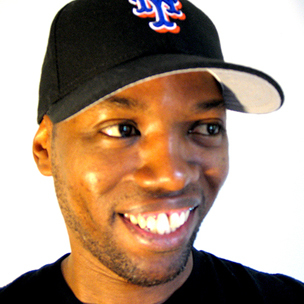Def Jam Recordings: The First 25 Years of the Last Great Record Label is set to hit stores early next month. The coffee table book will provide a narrative in both words and photograph’s of the historic label’s rise to the top and its impact to hip hop culture. Cey Adams, as Def Jam’s founding Creative Director (a position he held for 15 years), oversaw the look and "feel" of Def Jam’s brand from it’s very beginning.
The book will include interviews with Kanye West, LL Cool J, and the Beastie Boys as well as rare memorabilia from affiliates of the label from around the world.
The Morton Report recently interviewed Cey Adams on the branding of Def Jam records and it’s evolution into the groundbreaking label it is today.
His favorite era of Def Jam Records:
I’m very biased toward the early years, when none of these artists knew how to do anything. They knew how to rap. But nobody knew how to do an interview. Nobody knew what a photographer or a fashion stylist was. Russell created a makeshift finishing school, I would assume modeled after what Berry Gordy did. When I was working on the book, everyone I talked to said they they wished they’d lived in New York during the ‘80s—everything was happening; it was the beginning of this, the beginning of that. I wanted to make sure that got a lot of space and attention. LL Cool J dates to the early ‘80s.
Russell Simmons and Rick Rubin in the early Def Jam days:
They were both strong personalities, but it didn’t have to be “my way or the highway” with either of them. One wasn’t going to give in to the other, but if, say, Russell didn’t have an opinion about something, and Rick did, Russell would trust Rick’s opinion. Russell came up listening to bands like Blue Magic and the Delfonics, and he had his own ideas about sound as it relates to production. Rick was coming from a completely different place, and because Russell wasn’t necessarily listening to that kind of music, he’d defer to what Rick liked. The cool thing about Rick and Russ is that each gave the other a lot of space to be as creative as they wanted to be without necessarily having to please the other person.
Read the entire interview over at The Morton Report.


